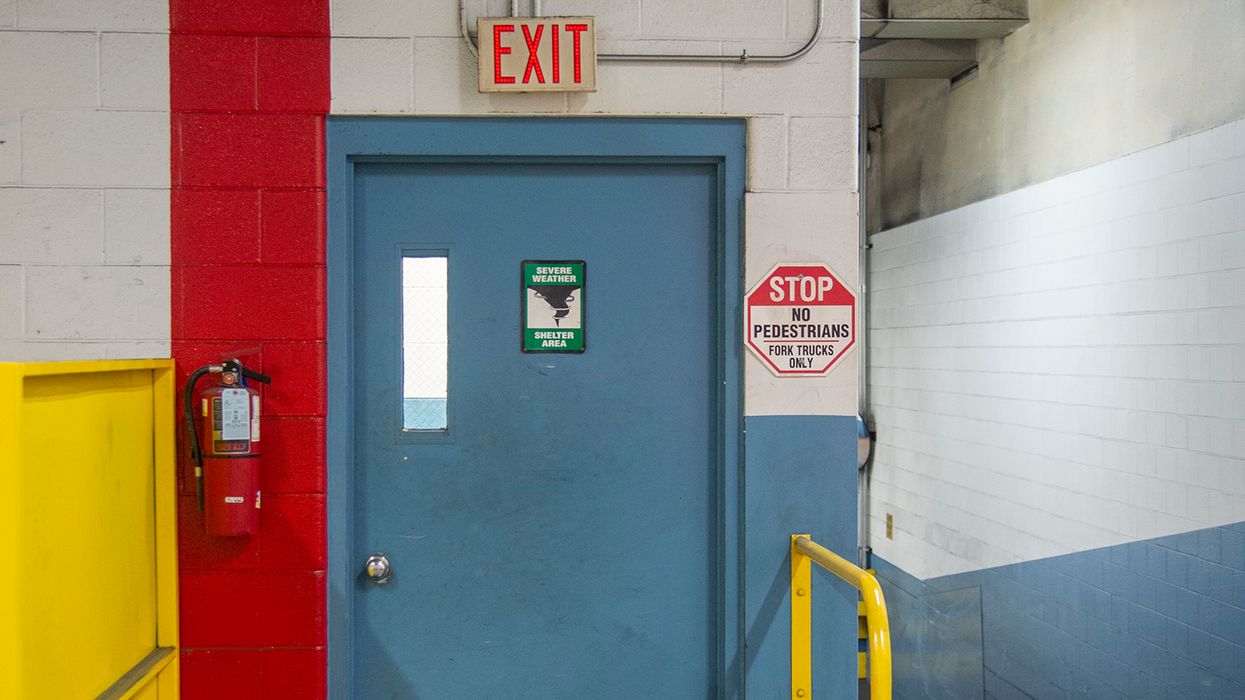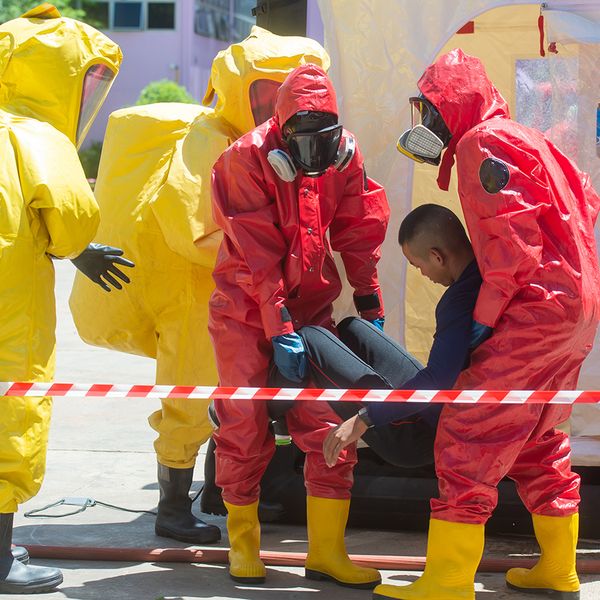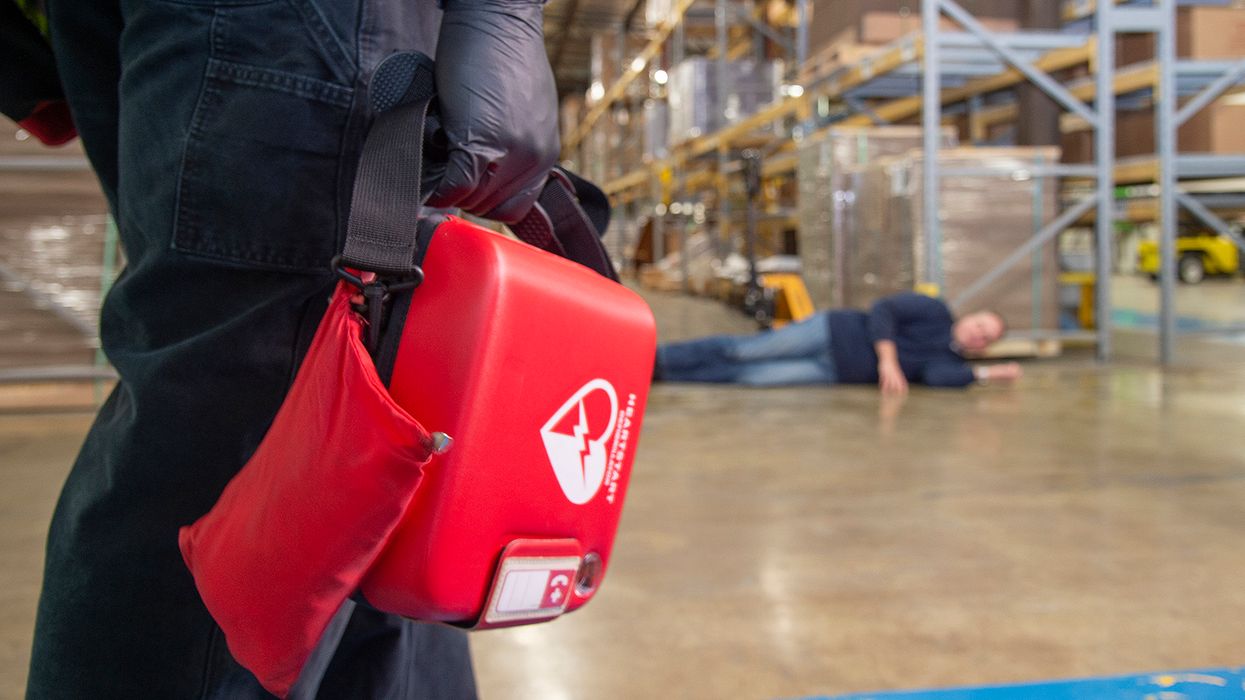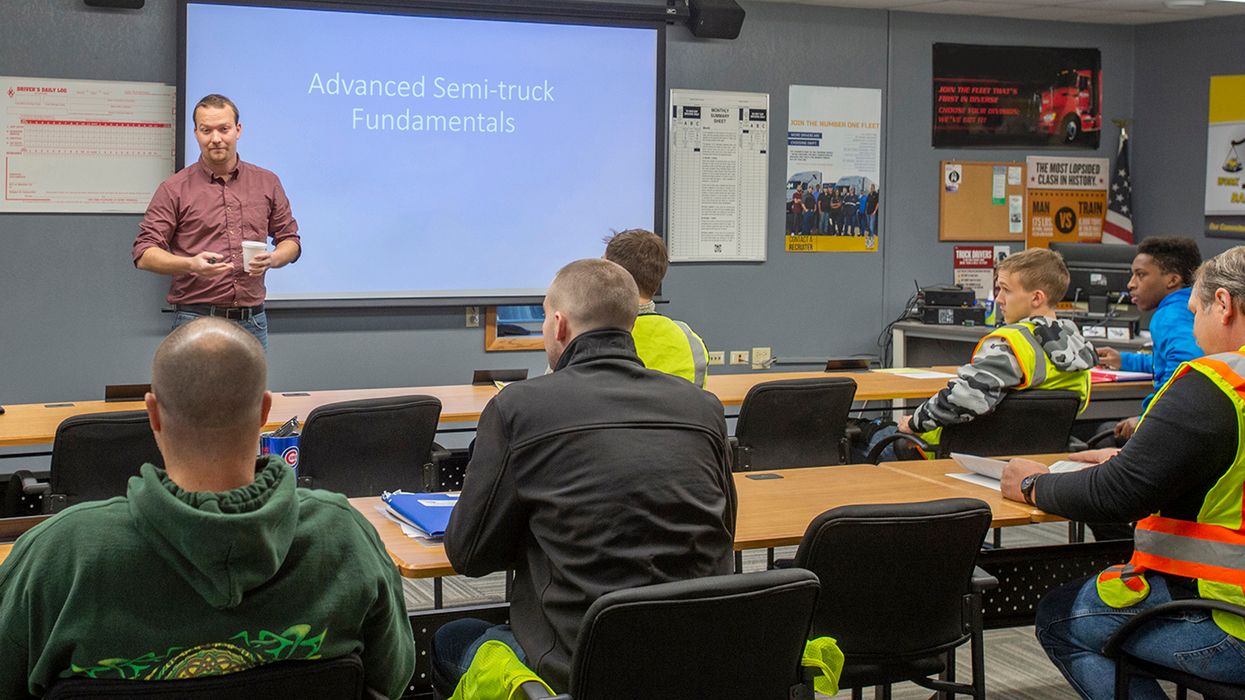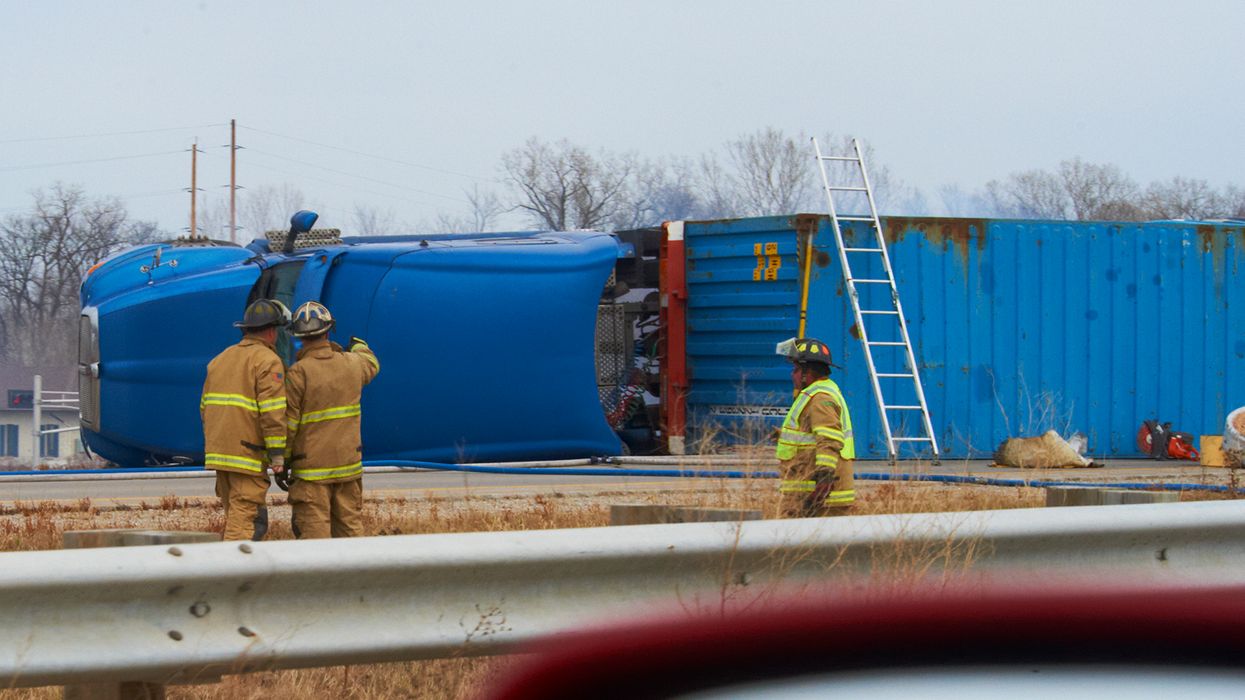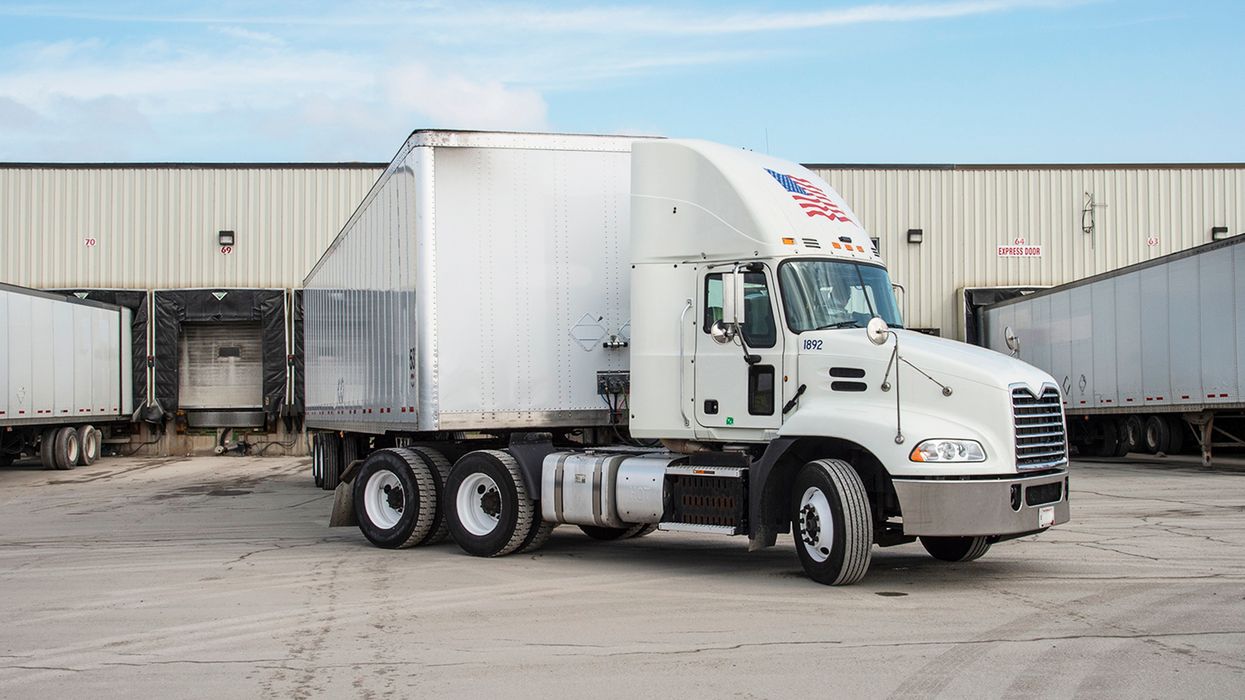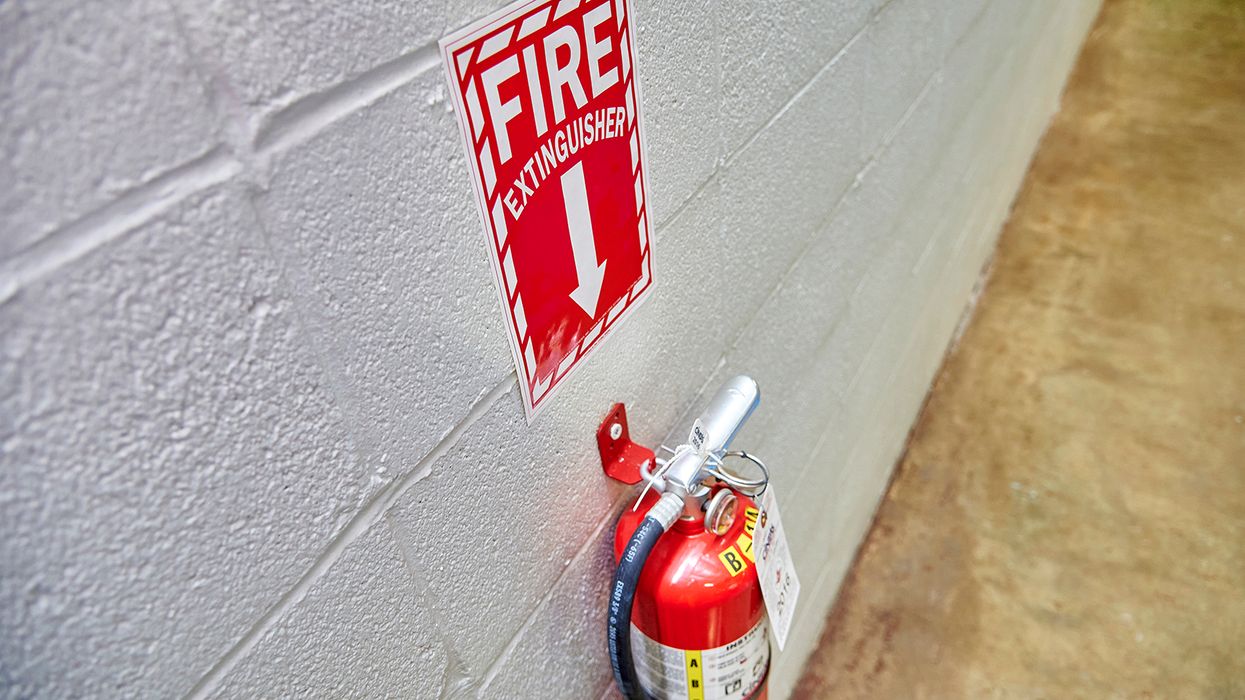Coordinator and warden roles during emergencies
Even employees who’ve been through several evacuation drills may freeze under stress or seek confirmation before taking action when an alarm sounds. Employees thinking “what should I do?” or “is this real?” could benefit from a trained person giving instructions.
To ensure prompt and proper responses, employers may need both coordinators and wardens. These individuals have different roles and responsibilities.
Coordinators
When drafting an emergency action plan, employers should choose one or more responsible individuals to lead and coordinate the emergency plan and evacuation. All employees should recognize that the coordinator has authority to make decisions during emergencies. The coordinator should be responsible for:
- Determining if the situation requires activating emergency procedures;
- Supervising efforts in the area, including evacuating personnel;
- Coordinating outside services such as medical and fire departments, and ensuring they’re available and notified when necessary; and
- Directing the shutdown of plant operations when required.
Wardens
In addition, employers should designate evacuation wardens to help direct employees to safe areas during emergencies, whether to evacuation muster points or in-place shelters. Generally, one warden for every 20 employees should be adequate. Ensure that an appropriate number of wardens remain available during all working hours.
Wardens should be trained in the workplace layout and the various alternative escape routes or shelter areas. All employees and wardens should be aware of coworkers with special needs who may require extra assistance, how to use the buddy system, and hazardous areas to avoid during an evacuation.
Why are they needed?
Every employee should understand the emergency action plan, including the types of potential emergencies, reporting procedures, alarm systems, evacuation plans, and shutdown procedures. They should also know their responsibilities under the plan, even if only evacuating.
Even with training and drills, however, an emergency could cause confusion, freezing, or response delays. Employees who aren’t near the incident (e.g., cannot see a fire or smell smoke) might seek confirmation before evacuating. Some might think it’s a false alarm or drill, potentially delaying their reaction.
In addition, training and drills typically require employees to use their primary route. If that route is blocked, do employees know their alternate routes? Have they studied the evacuation maps? The middle of an emergency is not a good time to look for and review a map to learn secondary routes.
Hold drills as often as necessary and include scenarios that require using secondary routes. Getting wardens involved by directing workers to alternate routes provides good practice for everyone. After each drill, gather management and employees to evaluate the effectiveness of the drill. Wardens may have feedback on issues like bottlenecks, blocked exits, or other situations that could cause problems in an actual emergency.
Also, fires are not the only potential emergency. Events like tornados or severe weather may require employees to shelter in place rather than evacuate. While employees should know the shelter locations near their work areas, employees outside their normal work areas might not be familiar with shelters or evacuation routes. Again, wardens can prove invaluable in directing everyone to safety.
Wardens or coordinators can also help take a head count. Accounting for all employees is critical. If anyone is trapped, rescue must start as soon as possible. Also, confusion about whether anyone didn’t evacuate could cause unnecessary and dangerous search-and-rescue operations.
Key to remember: Even after training and drills, wardens and coordinators can help employees who need guidance finding the safest evacuation route, particularly those in an unfamiliar area of the building.

